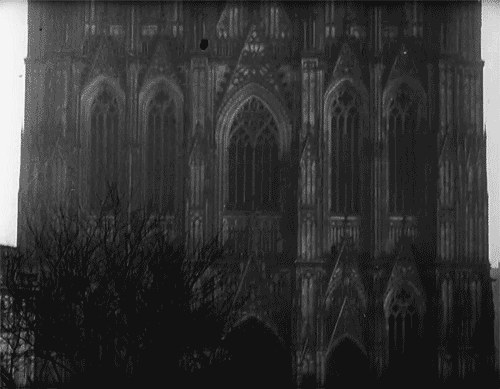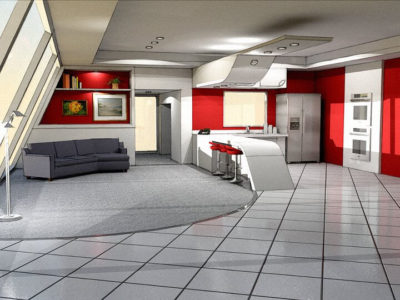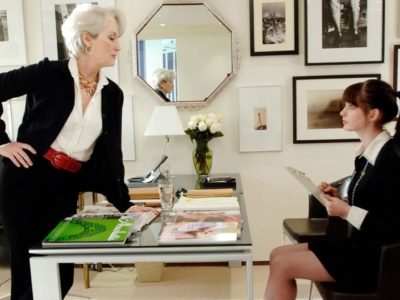Who wants to create a snazzy classroom or hey, maybe even an entire building? You do. You may be wondering to yourself what in the world is Interior Design? Well, philosophize no further, my friends, because this guide is the stepping-stone to your very own (possible) career as an interior designer. Interior designers are also known as the elite corps of super artists and geniuses united under the rally cries of art and science to create beautiful and functional spaces that everyone can enjoy for years to come.
What you’ll be doing

Hey, you gotta start somewhere, right? Interior Design majors start off with classes, like “Architecture Design I,” that teach students the basics and the importance of being able to design spaces productively while also providing a solid foundation for future courses. ID majors then upgrade to nerdier classes, like “Introduction to Principles and History of Art,” where they learn about famous monuments and their political, religious and sociological context. Turns out the Eiffel Tower isn’t just there for the sake of taking 5,693 selfies. Various other classes offer instruction on codes, designing and more. Interior designers need to know a lot before they can fungshui that wonderful office with the breathtaking view.
Upsides

1. “We’re very collaborative. There is no lone genius, and it takes a whole slough of people with different expertise. Not doing the same thing is refreshing. As a profession, design is a balance of art and science. There’s a lot of artistry involved, aesthetics. A lot of science is involved too.” – Jason Meneely, Radford University 1994 (BS), University of Kentucky 2002 (Master of Interior Design), Associate Professor of Interior Design at the University of Florida
2. “Interior Design is a great professional degree for creative people. My degree taught me how to present myself professionally, how to take constructive criticism, solve difficult problems and the importance of collaborative teamwork. Those are skills that are an asset to any professional and integral in any organization.” – Lesa Lorusso,Wentworth Institute of Technology 2002 (BS), Simons College 2004 (Master of Business Administration), University of Nebraska-Lincoln 2014 (Master of Science Architecture), UF PhD student, Interior Designer at LNL Designs Interiors
3. “How many inventors get to see their prototypes come to market? Interior Designers do every day. The ability to see your designs come to life is very gratifying and every completed project generates a proud moment in every interior designer’s career. A degree in interior design doesn’t stop at designing commercial and/or residential properties. You can also become a consultant for developing green buildings, become a professor at a university, conduct workplace research, represent commercial or residential products…the list goes on.” -Pamela Driza, UF 2006 (Bachelor of Design), UF 2012 (Master of Interior Design), UF 2014 (PhD in Design Construction in Planning), Application Consultant
Downsides

1. “Some of the challenges are that it’s a very individualized experience. There’s a lot of growth that a student has to go through. They need to learn to detach themselves from their work. A lot of feedback is given and is blunt. The students however leave prepared and can reflect on how much they’ve grown. If the economy goes down, people stop building. So if you’re involved building something, you need to stop.” –Jason Meneely, Radford University 1994 (BS), University of Kentucky 2002 (Master of Interior Design), Associate Professor of Interior Design at the University of Florida
2. “It is important to educate clients about what a professionally licensed Interior Designer is and what our professional capabilities are. Being able to communicate to clients the professional process of design from schematic development through contract administration is key.” -Lesa Lorusso,Wentworth Institute of Technology 2002 (BS), Simons College 2004 (Master of Business Administration), University of Nebraska-Lincoln 2014 (Master of Science Architecture), UF PhD student, Interior Designer at LNL Designs Interiors
3. “One of the most frustrating challenges is that people don’t really understand what interior designers do. For years people have been unfamiliar with the differences between interior designers and decorators, and by now these titles are inappropriately used interchangeably. Interior designers are as similar to decorators as butter is to spread. Both may taste delicious on toast but they each go through different manufacturing processes”- Pamela Driza, UF 2006 (Bachelor of Design), UF 2012 (Master of Interior Design), UF 2014 (PhD in Design Construction in Planning), Application Consultant
Career Opportunities

1. Interior Design Assistant
You are the minion to someone’s Gru. Assistants can be responsible for picking up samples for the senior interior designer as well as taking part in the final set up. They also do research on the best colors and patterns for clients. Follow in the footsteps of your super villain idol and conquer the world with plaid and neon green.
2. Interior Architect
These guys specifically create the space in order to ensure that it’ll be able to perform its intended function after being built, like an office, lobby or a home. Think of Edna Mode, but instead of making kick butt superhero costumes, she instead creates beautiful and functioning rooms that their inhabitants can rule the world in– I mean, do their file work.
3. Space Planner
Wait, someone who basically plans space? Actually, these are the people who make sure their clients are using the space efficiently and well. Masters of mathematics, space planners measure the space of their client’s business so they can set up the furniture in the best way possible. They also get the added bonus of being able to work for either a firm or free-lance. So they’re pretty much able to work solo like Batman prefers or buddy up with Robin and the rest of the Batfamily if they so choose.
4. Store Planner
Responsible for the lighting, color schemes and overall decoration you see in your favorite Hallmark store, store planners are like the jack-of-all-trades. These Renaissance men are able to work in many areas to bring out the best results for their clients. Often promoting new merchandise at retail chains, they have to be social butterflies and have mad skills in organization. Unlike Tony Stark and Bruce Banner’s epic failure of a collaboration (Age of Ultron, anyone?), store planners work with store employees to better its appearance and merchandise. They deliver utter destruction to humanity on lunch breaks.
5. Design Project Manager
These people are the queen bees of their companies. They check in with their clients throughout the many projects of offices, lobbies and more that they’re involved in and supervise over the multiple groups to ensure that everything is running in tip-top shape. Sometimes managers will present possible projects to new clients, hopefully adding another great endeavor into their career. They are the Plastics from Mean Girls and aren’t afraid to use their authority to make sure everything is performed to utmost perfection.



















